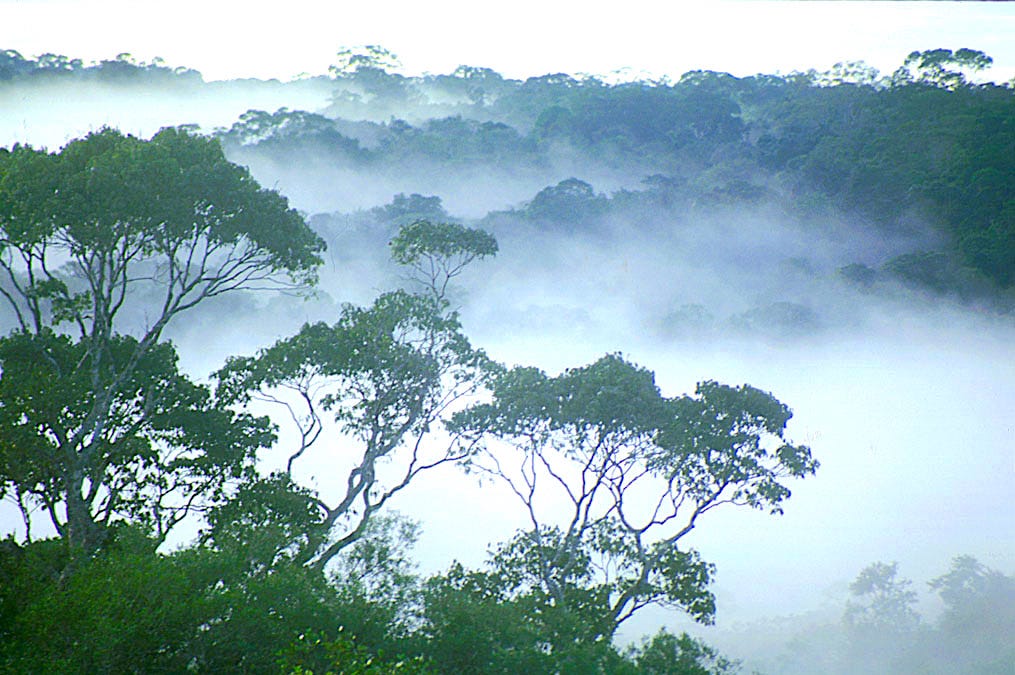Wildfires Adding Billions of Tons of CO2--Accelerating Global Warming
Forests are our friends and can protect us from climate change if we make the right choices
No one is talking about wildfires anymore. Media has moved on but the fires haven’t.
Around 1,000 wildfires are still burning in Canada. When I last wrote about this way back in early June about 3 million hectares had burned. It was up to 17.8 million hectares burned at the end of September (the last official total).
Dangerous levels of smoke, destroyed homes and natural habitat, and evacuations of towns including the city of Yellowknife, are among the terrible impacts. Wildfires also release of enormous amounts of black carbon (fine particulate matter) that can settle on ice and snow, reducing their reflectivity and accelerating the melting process, contributing to rising sea levels.
Need-to-Know: Wildfires emit ginormous amounts of CO2
The most long-lasting impact is the huge pulse of CO2 emitted as the trees and vegetation burned.
One estimate for Canada is 2 billion tons of CO2 so far. That’s nearly 4X the country’s entire annual emissions from all sources. Those 2 billion tons of CO2 molecules will trap heat in the atmosphere for hundreds of years.
The previous record for wildfire emissions was 1.8 billion tons of CO2 from the extensive Siberian and western US wildfires in 2021.
Canada’s 1,000 wildfires are still burning. Hopefully, the fall weather will reduce the number and winter will end all of them.
Need-to-Know: Wildfires are nearly twice as bad compared to 20 years ago.
Wildfires are becoming more widespread, burning nearly twice as much tree cover today as they did 20 years ago. About 3 million more hectares are being lost to fires annually compared to 2001, according to a recent study.
This is because air over land areas has become increasingly warmer and drier as I have previously noted. (See Need-to-Know: A Fundamental Change to the Earth’s Water Cycle is Underway.)
Lightning is the most common cause of wildfires. And, as previously noted in NtK, climate change increases the amount of lighting. A one-degree C increase in temperature amounts to about 12% more lightning. (That’s a lot, as in 500,000 to 600,000 more lightning flashes in Canada alone.)
To summarize.
Climate change is creating ideal conditions for fires to start.
Climate change also provides the spark in the form of increased lightning activity.
The number of wildfires and the area they burn is increasing.
This forms a dangerous feedback loop: more wildfires release more carbon, which exacerbates climate change, leading to conditions that cause more wildfires. Round and round it goes until something breaks. Permanently.
Need-to-Know: The Amazon Rainforest on fire—again.
Meanwhile, more than 7,000 wildfires are burning through the Amazon rainforest. South America has experienced one of its warmest winters followed by a record spring heat wave. That heat wave was made 100X more likely due to climate change, according to the World Weather Attribution group.
The Amazon and elsewhere have slipped into a severe drought that’s not expected to ease because El Nino is bringing drier conditions through the southern summer.
So more wildfires in the Southern hemisphere while the Northern hemisphere moves into winter.
Need-to-Know: Forests are our friends and can protect us from climate change
Since climate change is a big factor in all this, reducing fossil-fuel emissions is essential. It is equally important to protect existing forests, particularly tropical rainforests and coastal mangrove forests, so they can continue to soak up CO2. And we need to increase the size of forests everywhere.
Forests are our friends and can protect us from climate change if we make the right choices.
Until next time, be safe.
Stephen



